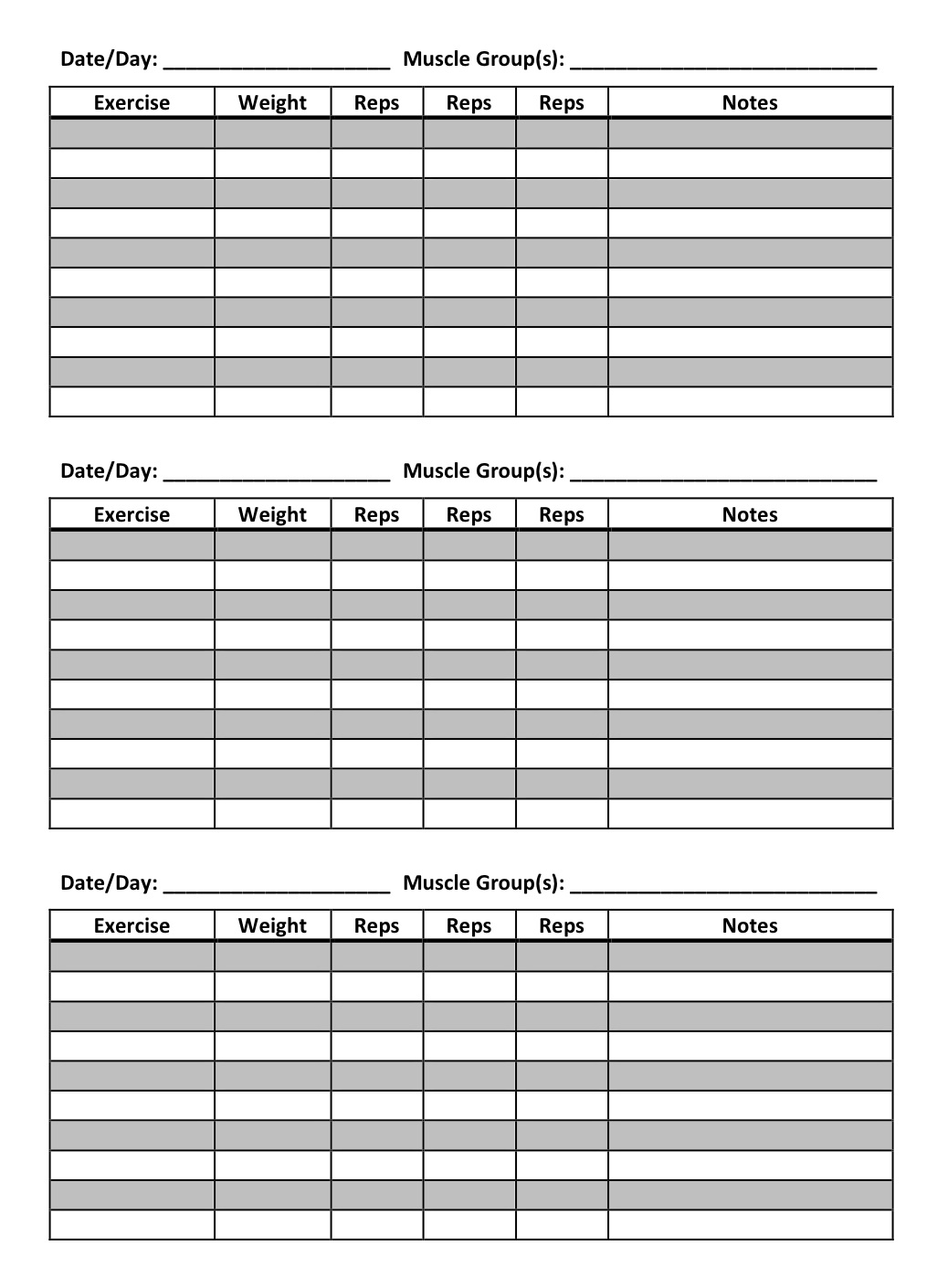Each and every year people resolve to initiate an exercise training program for health and/or weight loss purposes. Unfortunately, they assume that after a year (or even years) of physical inactivity, they can pick up where they left off at age 18.
Many assume they can just jump on a treadmill every day, run all out for two hours, and lose all their weight by February. Some assume they can perform an entire weight training circuit at the gym five times and look like a fitness model in a day.
Others assume they can walk into an advanced and/or highly choreographed group exercise class like step aerobics for the first time and look like Angela Bassett in a week.
As a result of such poor assumptions dissolution develops in the minds of the overly ambitious and they quit. The most effective strategy for countering poor assumptions is planning.
Goal setting is a first step in the planning process. What are your short- and long-term goals? Think about them carefully and put it in writing. Short-term goals (daily and/or weekly) will provide you with instant gratification while longer-term goals will keep you from becoming frustrated with short-term setbacks.
Related Article: Estimating Your Metabolic Rate and Daily Calorie Needs
The second step involves realistic strategies for achievement of your goals. How much time will you commit to an exercise training program? What type of exercises will you perform? Are your chosen methods of exercise training suitable for your needs and abilities?
If you’re new to exercise, strategy development may be best accomplished by hiring a well-qualified personal fitness trainer for a consultation or at the very least, requesting a fitness orientation from a local health club.
In addition, my book details specific exercise training plans based on your body type and individual health and fitness goals.
Related Article: Three Ways to Find a Gym and Make It Work For You
The third and final step is execution. This requires your having a daily routine that’s realistic so you can actually stick to it.
If you’ve set unrealistic goals, chances are your daily routine will be unrealistic. For instance, if you are a novice exerciser, a 7-day a week workout program can’t realistically be executed safely as more time will be required to recover between exercise sessions.
In addition, although running is one of the most effective methods for weight loss, you can’t carry out a 5-day a week running program if you don’t like to run.
Setting unrealistic goals is a guaranteed recipe for failure.
Related Article: 3 Low-Impact Cardio Alternatives to Running
In summary, resolving to start an exercise training program in the new year should be a one-off activity. With realistic assumptions and proper planning (goal setting, strategies, and execution) this should be the last year you find yourself resolving to “start exercising”.







